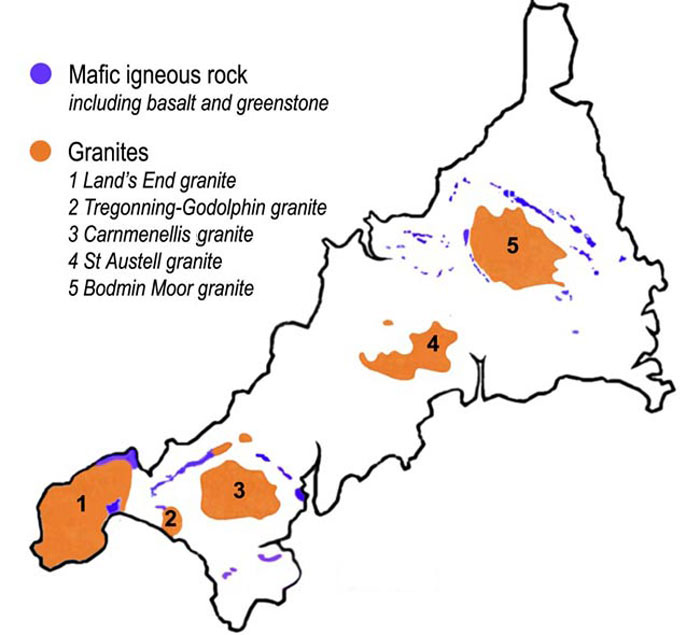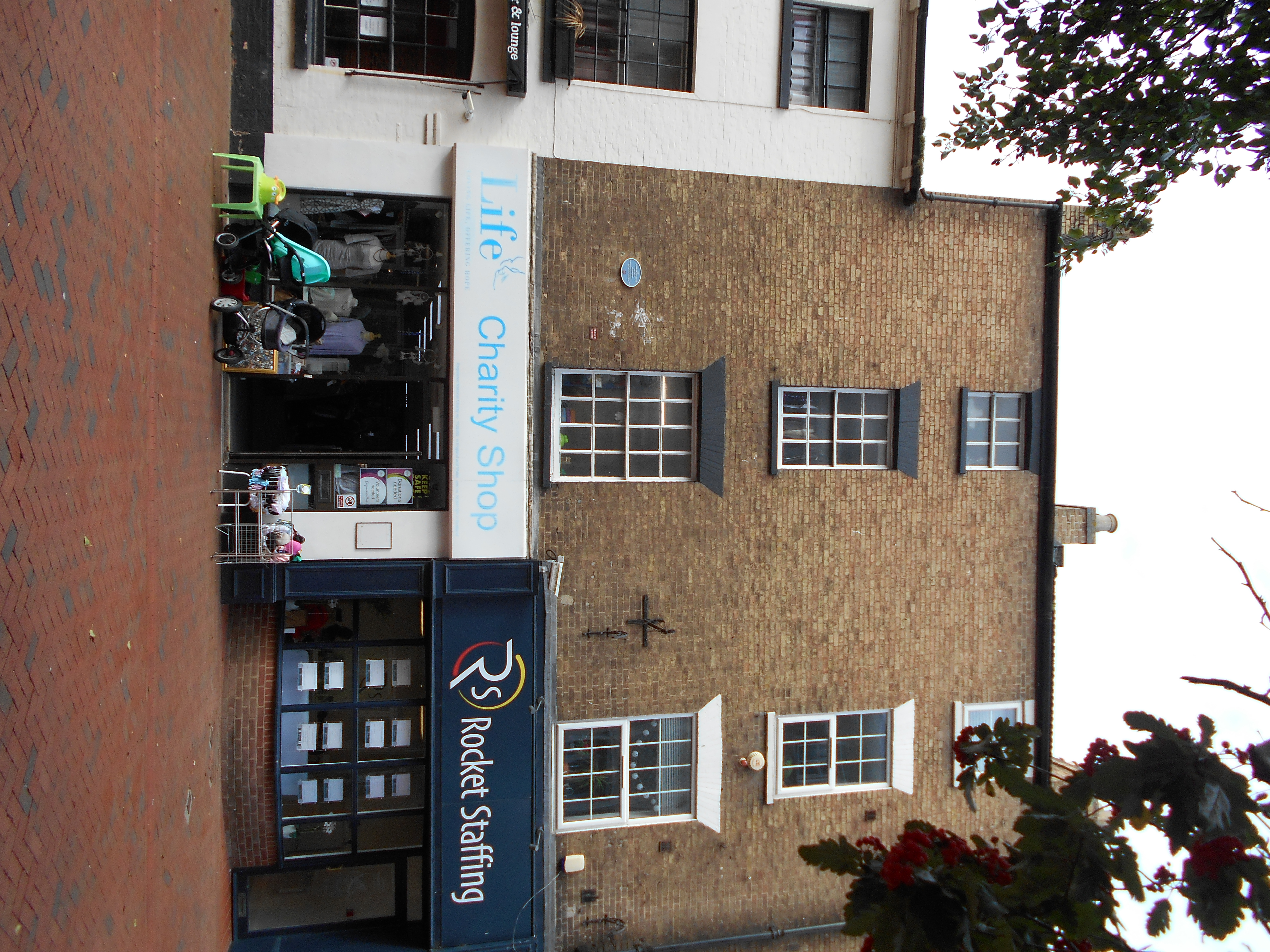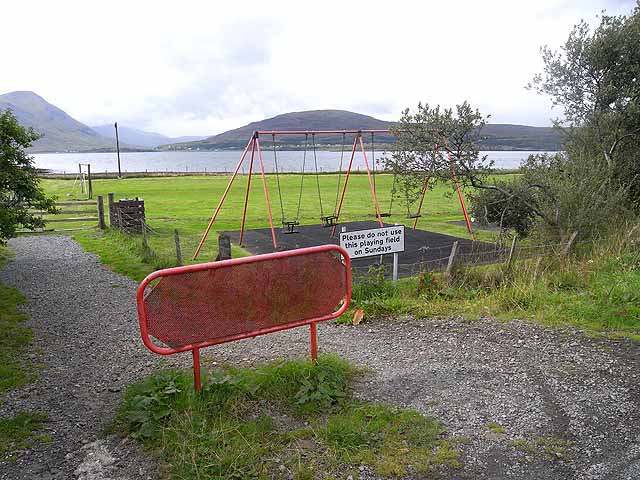|
Trippet Stones
The Trippet stones or Trippet stones circle is a stone circle located on Manor Common in Blisland, north northeast of Bodmin on Bodmin Moor in Cornwall, UK. The Stripple stones are nearby. Description The circle is situated on nearly level ground and has a diameter of . It is made of eight upright granite stones with four others that have fallen. The stones are spaced on average around apart, the highest measuring . The fallen stones are and long. William Lukis suggested there may originally have been as many as twenty-six menhirs that suffered at the hands of stone-breakers. Aubrey Burl suggested twenty eight, set up on opposite facing pairs and suggests the name represents the folklore belief that the stones were girls punished for ''tripping lightly'' on Sabbath. The Stripple stones are visible around eastwards over boggy ground. John Barnatt said that the Trippet stones ''"may replace (or complement) the Stripple stones as part of an overall building programme in ... [...More Info...] [...Related Items...] OR: [Wikipedia] [Google] [Baidu] |
Bodmin Moor
Bodmin Moor ( kw, Goon Brenn) is a granite moorland in north-eastern Cornwall, England. It is in size, and dates from the Carboniferous period of geological history. It includes Brown Willy, the highest point in Cornwall, and Rough Tor, a slightly lower peak. Many of Cornwall's rivers have their sources here. It has been inhabited since at least the Neolithic era, when primitive farmers started clearing trees and farming the land. They left their megalithic monuments, hut circles and cairns, and the Bronze Age culture that followed left further cairns, and more stone circles and stone rows. By medieval and modern times, nearly all the forest was gone and livestock rearing predominated. The name Bodmin Moor is relatively recent. An early mention is in the ''Royal Cornwall Gazette'' of 28 November 1812. The upland area was formerly known as Fowey Moor after the River Fowey, which rises within it. Geology Bodmin Moor is one of five granite plutons in Cornwall that make up pa ... [...More Info...] [...Related Items...] OR: [Wikipedia] [Google] [Baidu] |
Aubrey Burl
Harry Aubrey Woodruff Burl HonFSA Scot (24 September 1926 – 8 April 2020) was a British archaeologist best known for his studies into megalithic monuments and the nature of prehistoric rituals associated with them. Before retirement he was Principal Lecturer in Archaeology, Hull College, East Riding of Yorkshire. Burl received a volume edited in his honour. He was called by ''The New York Times'', "the leading authority on British stone circles". Burl's work, while considering the astronomical roles of many megalithic monuments, was cautious of embracing the more tenuous claims of archaeoastronomy. In ''Prehistoric Avebury'' Burl proposed that Circles and Henge monuments, far from being astronomical observatories for a class of "astronomer priests" were more likely used for ritualistic practices, connected with death and fertility rites, and ancestor worship, similar to practices observed in other agricultural cultures (in particular the rituals of Native North American Tribes ... [...More Info...] [...Related Items...] OR: [Wikipedia] [Google] [Baidu] |
Rough Tor
Rough Tor (), or Roughtor, is a tor on Bodmin Moor, Cornwall, United Kingdom. The site is composed of the tor summit and logan stone, a neolithic tor enclosure, a large number of Bronze Age hut circles, and some contemporary monuments. Toponymy In the 19th-century the hill was known as ''Router''. Geography Rough Tor is approximately one mile northwest of Brown Willy, Cornwall's highest point, on Bodmin Moor. Its summit is 1313 ft (400m) above mean sea level, making it the second highest point in Cornwall. Both hills are in the civil parish of St Breward and near the town of Camelford. The De Lank River rises nearby and flows between the two hills. Rough Tor and Little Rough Tor are twin summits of a prominent ridge of granite, though there are actually three tors at the site: Showery Tor (Also known as Flat Cap Ned), Little Rough Tor, and Rough Tor. Crowdy Reservoir and the Lowermoor Water Treatment Works are not far away from the hill. Hikes to the summit and to ne ... [...More Info...] [...Related Items...] OR: [Wikipedia] [Google] [Baidu] |
Arcturus
, - bgcolor="#FFFAFA" , Note (category: variability): , , H and K emission vary. Arcturus is the brightest star in the northern constellation of Boötes. With an apparent visual magnitude of −0.05, it is the third-brightest of the individual stars in the night sky, and the brightest in the northern celestial hemisphere. The name Arcturus originated from ancient Greece; it was then cataloged as α Boötis by Johann Bayer in 1603, which is Latinized to Alpha Boötis. Arcturus forms one corner of the Spring Triangle asterism. Located relatively close at 36.7 light-years from the Sun, Arcturus is a single red giant of spectral type K1.5III—an aging star around 7.1 billion years old that has used up its core hydrogen and evolved off the main sequence. It is about the same mass as the Sun, but has expanded to 25 times its size and is around 170 times as luminous. Its diameter is 35 million kilometres. Thus far no companion has been detected. Nomenclat ... [...More Info...] [...Related Items...] OR: [Wikipedia] [Google] [Baidu] |
Anno Domini
The terms (AD) and before Christ (BC) are used to label or number years in the Julian and Gregorian calendars. The term is Medieval Latin and means 'in the year of the Lord', but is often presented using "our Lord" instead of "the Lord", taken from the full original phrase "''anno Domini nostri Jesu Christi''", which translates to 'in the year of our Lord Jesus Christ'. The form "BC" is specific to English and equivalent abbreviations are used in other languages: the Latin form is but is rarely seen. This calendar era is based on the traditionally reckoned year of the conception or birth of Jesus, ''AD'' counting years from the start of this epoch and ''BC'' denoting years before the start of the era. There is no year zero in this scheme; thus ''the year AD 1 immediately follows the year 1 BC''. This dating system was devised in 525 by Dionysius Exiguus, but was not widely used until the 9th century. Traditionally, English follows Latin usage by placing the "AD" abbr ... [...More Info...] [...Related Items...] OR: [Wikipedia] [Google] [Baidu] |
Norman Lockyer
Sir Joseph Norman Lockyer (17 May 1836 – 16 August 1920) was an English scientist and astronomer. Along with the French scientist Pierre Janssen, he is credited with discovering the gas helium. Lockyer also is remembered for being the founder and first editor of the influential journal ''Nature''. Biography Lockyer was born in Rugby, Warwickshire. His early introduction to science was through his father, who was a pioneer of the electric telegraph. After a conventional schooling supplemented by travel in Switzerland and France, he worked for some years as a civil servant in the British War Office. He settled in Wimbledon, South London after marrying Winifred James, who helped translate at least four French scientific works into English. He was a keen amateur astronomer with a particular interest in the Sun. In 1885 he became the world's first professor of astronomical physics at the Royal College of Science, South Kensington, now part of Imperial College. At the college ... [...More Info...] [...Related Items...] OR: [Wikipedia] [Google] [Baidu] |
Flint
Flint, occasionally flintstone, is a sedimentary cryptocrystalline form of the mineral quartz, categorized as the variety of chert that occurs in chalk or marly limestone. Flint was widely used historically to make stone tools and start fires. It occurs chiefly as nodules and masses in sedimentary rocks, such as chalks and limestones.''The Flints from Portsdown Hill'' Inside the nodule, flint is usually dark grey, black, green, white or brown in colour, and often has a glassy or waxy appearance. A thin layer on the outside of the nodules is usually different in colour, typically white and rough in texture. The nodules can often be found along s and |
Christian Sabbath
Sabbath in Christianity is the inclusion in Christianity of a Sabbath, a day set aside for rest and worship, a practice that was mandated for the Israelites in the Ten Commandments in line with God's blessing of the seventh day (Saturday) making it holy, "because on it God rested from all his work that he had done in creation". The practice was associated with the assembly of the people to worship in synagogues on the day known as Shabbat. Early Christians, at first mainly Jewish, observed the seventh-day Sabbath with prayer and rest, but gathered on the seventh day, Saturday, reckoned in Jewish tradition as beginning, like the other days, at sunset on what would now be considered the Friday evening. At the beginning of the second century Ignatius of Antioch approved non-observance of the Sabbath. The now majority practice of Christians is to observe Sunday, called the Lord's Day, rather than the Jewish seventh-day Sabbath as a day of rest and worship. Possibly because of a movemen ... [...More Info...] [...Related Items...] OR: [Wikipedia] [Google] [Baidu] |
Menhir
A menhir (from Brittonic languages: ''maen'' or ''men'', "stone" and ''hir'' or ''hîr'', "long"), standing stone, orthostat, or lith is a large human-made upright stone, typically dating from the European middle Bronze Age. They can be found individually as monoliths, or as part of a group of similar stones. Menhirs' size can vary considerably, but they often taper toward the top. They are widely distributed across Europe, Africa and Asia, but are most numerous in Western Europe; particularly in Ireland, Great Britain, and Brittany, where there are about 50,000 examples, and northwestern France, where there are some 1,200 further examples. Standing stones are usually difficult to date. They were constructed during many different periods across pre-history as part of the larger megalithic cultures in Europe and near areas. Some menhirs stand next to buildings that have an early or current religious significance. One example is the South Zeal Menhir in Devon, which formed th ... [...More Info...] [...Related Items...] OR: [Wikipedia] [Google] [Baidu] |
Stone Circle
A stone circle is a ring of standing stones. Most are found in Northwestern Europe – especially in Britain, Ireland, and Brittany – and typically date from the Late Neolithic and Early Bronze Age, with most being built from 3000 BC. The best known examples include those at the henge monument at Avebury, the Rollright Stones, and elements within the ring of standing stones at Stonehenge. Scattered examples exist from other parts of Europe. Later, during the Iron Age, stone circles were built in southern Scandinavia. Stone circles are usually grouped in terms of the shape and size of the stones, the span of their radius, and their population within the local area. Although many theories have been advanced to explain their use, usually related to providing a setting for ceremony or ritual, no consensus exists among archaeologists regarding their intended function. Their construction often involved considerable communal effort, including specialist tasks such as planning, quar ... [...More Info...] [...Related Items...] OR: [Wikipedia] [Google] [Baidu] |
Granite
Granite () is a coarse-grained (phaneritic) intrusive igneous rock composed mostly of quartz, alkali feldspar, and plagioclase. It forms from magma with a high content of silica and alkali metal oxides that slowly cools and solidifies underground. It is common in the continental crust of Earth, where it is found in igneous intrusions. These range in size from dikes only a few centimeters across to batholiths exposed over hundreds of square kilometers. Granite is typical of a larger family of ''granitic rocks'', or ''granitoids'', that are composed mostly of coarse-grained quartz and feldspars in varying proportions. These rocks are classified by the relative percentages of quartz, alkali feldspar, and plagioclase (the QAPF classification), with true granite representing granitic rocks rich in quartz and alkali feldspar. Most granitic rocks also contain mica or amphibole minerals, though a few (known as leucogranites) contain almost no dark minerals. Granite is nearly alway ... [...More Info...] [...Related Items...] OR: [Wikipedia] [Google] [Baidu] |
Stripple Stones
The Stripple stones (or Stripple stones circle) is a henge and stone circle located on the south slope of Hawk's Tor, Blisland, north northeast of Bodmin on Bodmin Moor in Cornwall, England, UK. Description First recorded by this name during the reign of Queen Elizabeth I the circle has been described by William Lukis as ''"the most interesting and remarkable monument in the county"''. It is surrounded by a circular ditch and vallum that forms a level platform in diameter. The circle is in diameter with four granite standing stones and several fallen. In the centre is a giant fallen menhir approximately long and at the widest point, split in three places. Lukis suggested that with an average spacing of , there would have been thirty seven original stones, whilst Aubrey Burl suggested only twenty eight. Archaeology The Stripple stones were excavated in 1905 by H. St. George Gray who found a burnt flint, three flint flakes, an ox bone and some charcoal and oak timbers in ... [...More Info...] [...Related Items...] OR: [Wikipedia] [Google] [Baidu] |







.jpg)
